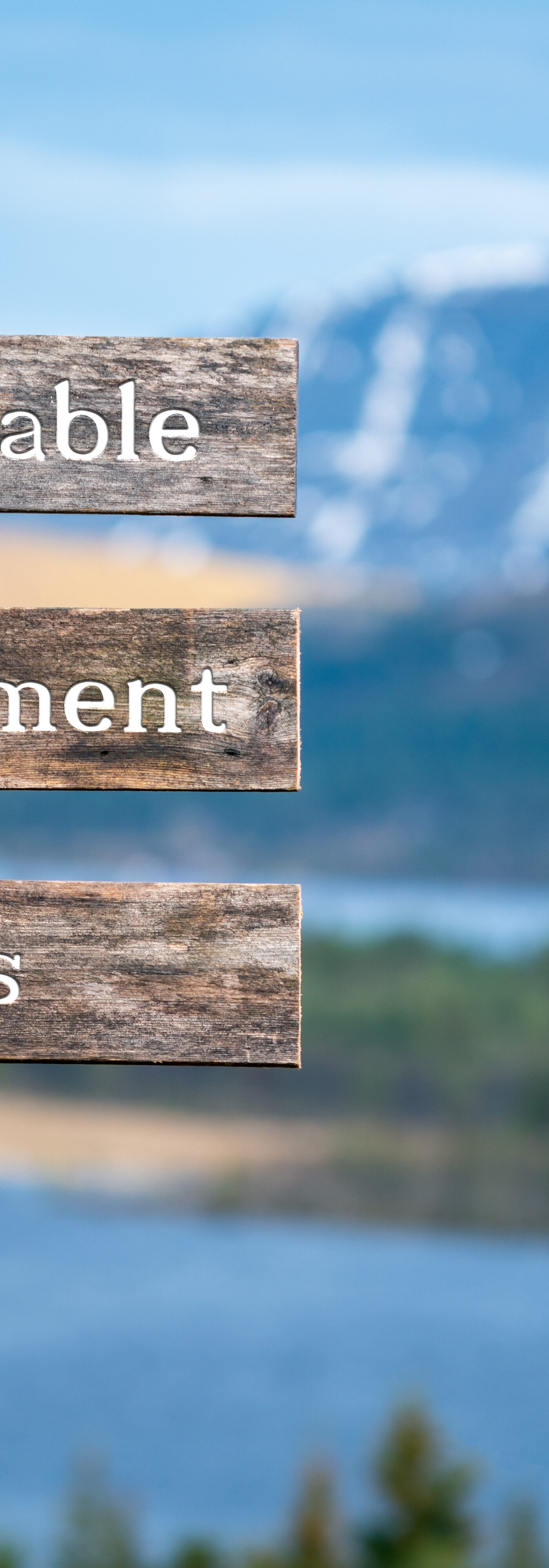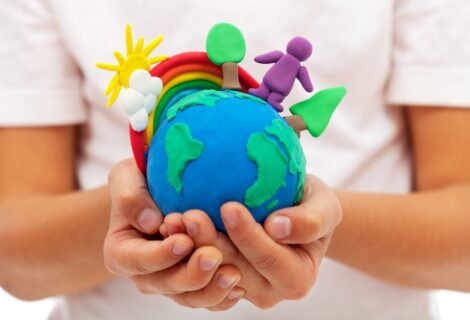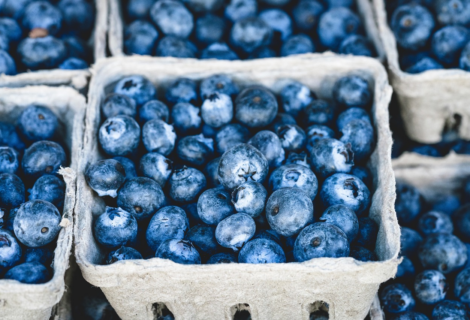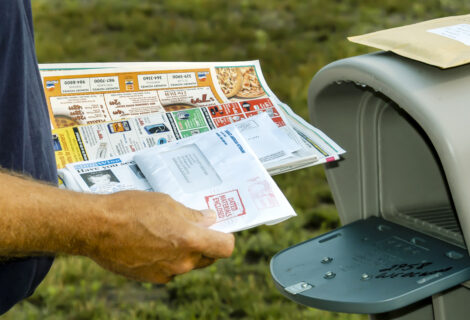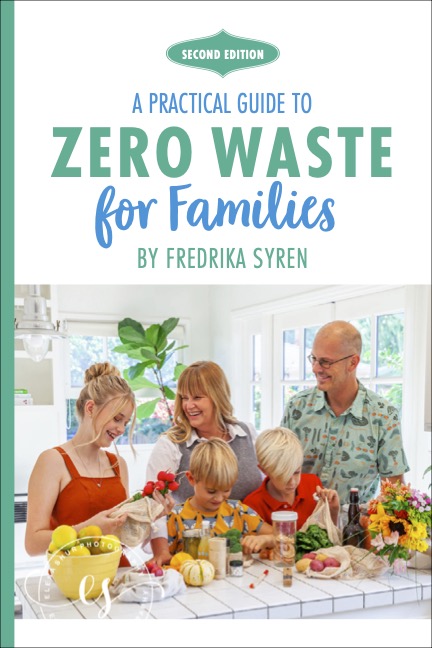Going Sustainable in 2024: One Month at a Time
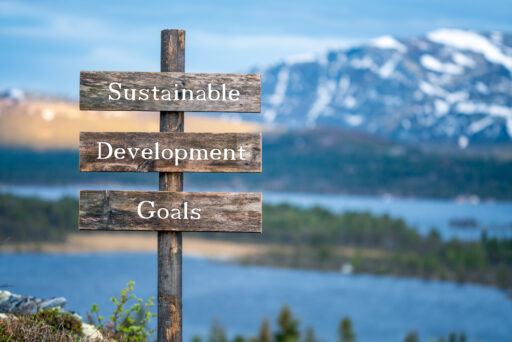
When it comes to the climate, keeping a positive outlook is crucial. It helps us feel better and enables us to harness our collective power for a meaningful impact. I embodied this mindset while creating a list of making 2024 your most climate-smart year yet!
Investing in Earth-friendly initiatives is a fabulous start; however, every action you take should enhance your life, not feel like a sacrifice. The goal is to avoid overwhelm and gradually transition to a climate-smart lifestyle—taking it one month at a time.
January: Save Water
Climate change has led to water scarcity affecting up to three billion people globally. In Sweden, we faced water access restrictions in the summers of 2016 and 2017, along with heat and poor harvests in 2018 due to drought.
During this time of environmental strife, we must all help each other to distribute the earth’s water resources wisely and fairly. Simple actions like shorter showers, fixing leaky faucets and running toilets, and recycling wastewater for watering plants can make a huge difference. Spend your January tackling this short list.
A major bonus—saving water means saving money—a motivating thought, especially in the tightest month of the year.
February: Recycle Waste
Reduce your CO2 impact by recycling your waste—it’s simple and doesn’t take much time. You may want to explore composting this month, too!
Why recycle? Recycling waste saves energy and resources. For instance, recycling one aluminum can saves a whopping 95% of energy compared to manufacturing a new one. The same principle applies to glass—recycling a single glass bottle saves enough energy to power a low-energy light bulb for 20 hours! Pretty good for the climate, right?
While recycling is wonderful, when we look at the waste ladder, we can see it’s even better to reuse something than recycle it; recycling itself is resource-intensive. So before you recycle something, think about whether you can sell or donate your item instead. If it is fully functional, it will probably work fine for someone else. That being said, we seamlessly transition to March’s theme: buying secondhand!
March: Shop Secondhand
One of the very easiest ways to reduce your carbon footprint is to start shopping secondhand. Personally, I buy everything used; however, I’m not suggesting you have to fully commit right away. On the flip side, I believe considering the second-hand market should be every consumer’s initial step when making a purchase. Not only is secondhand shopping generally much cheaper, but it’s also among the simplest ways to reduce global overproduction.
Consider this: buying every tenth piece of clothing secondhand causes a personal reduction in greenhouse gas emissions by 30 kilos a year. By buying secondhand, you also extend the life of a gadget, contribute to the local economy instead of the global one, and save resources used to manufacture and distribute something new.
April: Save Energy
Household energy use accounts for 38 percent of the total global climate footprint, so conserving electricity at home should neither be downplayed nor considered petty. Individual efforts in private life can make a huge difference! It is not particularly difficult to reduce your electricity consumption either. By simply replacing a light bulb with a low-energy light bulb, you can reduce your energy use by 80%! In addition, 90-100% of the materials in an LED or low-energy lamp are recycled, which further saves energy and reduces resource consumption. Caring for household appliances helps reduce energy use too; for instance, cleaning out your dryer and vacuuming the back of your freezer. Lastly, consider lowering the ambient temperature by a few degrees if you can tolerate it.
May: Switch to Non-Toxic Washing and Cleaning Products
Flushing out chemical residues via the drain into nature, which most of us do daily, is not very climate-smart. What if you could use cleaning products that actually benefit the environment when washed away? Well, you can! We’ve transitioned to cleaning with homemade cleaning supplies made from essential oils, vinegar, baking soda, and soap.
We also use environmentally smart products for laundry. My favorites are soap nuts—five to six nuts are enough for a few washes, and then I compost them. I’ve also tested laundry sheets, which are our favorite when we’re on vacation.
June: Plant Something
It is both relaxing, healthy, and climate-smart to grow food. Think how wonderful it is to be able to make your own food, even if it’s just a pot of basil on the windowsill! Having plants at home is good for the indoor climate, and if you have the opportunity to plant outside, you help the Earth by adding greenery that absorbs carbon dioxide and releases oxygen. June is the perfect month to start an herb garden or a vegetable garden.
July: Park the Car
Consider leaving the car at home more often and walking, biking, or taking public transportation. You might even leave the car while on holiday. How do you get to the beach or summer resort? Well, some cities have a well-developed public transport system, and it is possible to take a bus to the beach or take the train if you want to go a little further.
Think about what suits you and those you are going on holiday with. Jumping on a train is a blast—you can hang out during the journey, stretch your legs, sleep, read, or have a movie night together. It’s a fabulous alternative to squeezing yourself into a small car that someone will need to focus on driving despite fatigue and potential leg cramps.
Exploring your own city can be a delightful vacation, too. There is often an abundance of sights to see and places to visit in your immediate that you may have overlooked. In urban areas, you typically have convenient access to efficient public transportation—make the most of it! If you need a car, various options for car-sharing are likely available, from carpools and rental companies to on-the-spot car-sharing services. Cycling is also an option; cities often have favorable biking conditions.
August: Bring Your Own
Did you know that creating four takeaway cups results in half a kilo of CO2 emissions? And that’s just four cups—not 400, 4,000, or 4 million. A disposable cup also consists of an average of 43 grams of wood, 4.1 grams of gasoline, and 1.8 grams of chemicals. If you use a reusable mug every day for 40 years, you will personally save 24 trees.
Consider how many disposable items you use every day and how many could you replace by using reusables instead. Get into the habit of bringing your own mug, bag, straw, napkins, etc.
September: Decline
The key to a litter-free life is avoiding litter altogether. The best way to do this is by saying no to targeted advertising, freebies, and receipts. Challenge yourself to decline items we often accept without much thought, like kids’ crayons and cups in restaurants, toys and toothbrushes from the dentist, and small lotion and perfume samples. Just say no!
Think pre-cycling! it’s about considering how an item will be recycled before you take it home. Think about what residual products are left over, how you can recycle them, or if there is an alternative to that particular thing that does not pack as much weight or create as much negative waste (and by negative waste I mean, for example, plastic because it can never be broken down). Run an analysis in your head and practice saying no politely but firmly, both to yourself and to others. Recycling will take your climate-smart year to a whole new level!
October: Green Technology
Extraction of fossil fuels, chemically damaged wildlife, and polluted oceans—these are just a few factors contributing to our ongoing climate crisis. However, an increasing number of entrepreneurs are stepping forward and showcasing sustainable innovations for use by ordinary people in their everyday lives.
Even so, remember that you don’t need to buy a Tesla roof with solar cells to be able to take advantage of new green technology. A regular power outlet with a switch-off button is a smart investment because you can switch off a range of power-hungry appliances, lights, and chargers with a single push of a button. Find more tips in the reading list below.
November: Swap Household Disposables for Reusables
Consider the disposable items in your home—tampons, plastic cups, napkins, paper towels, plastic bags, tops, straws, happy packs, diapers, baby wipes, coffee filters, razors, and toilet paper. What can you swap for things as a reusable alternative? Try replacing something and see how it feels.
December: Reducing Your Christmas Footprint
End your year with a good-faith effort to go green during the holidays. There is no need to declare a gift-free Christmas because there are plenty of ways to make Christmas smarter and a little less junky in your climate-smart year. Reduce your consumption of new items. Give environmentally friendly Christmas presents, swap meat with locally grown vegetables, give experiences instead of stuff, give secondhand gifts, and wrap your gifts in cloth or homemade wrapping paper made from brown paper.
Here are some more inspirations on personal sustainable goals


